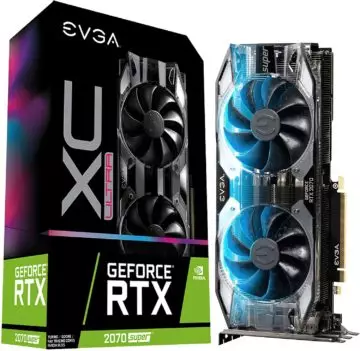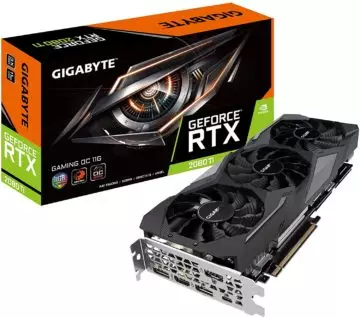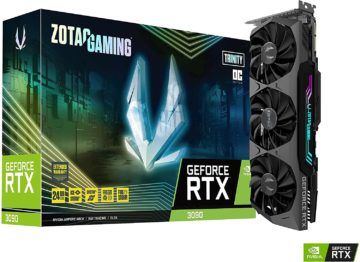The Geforce GTX 770 may not seem like much today, but back in 2013, this was the bomb. It looked amazing and people were clamouring all around it. This GPU is still remembered fondly as the absolute minimum GPU requirement on most modern AAA video games; it’s that good. (or that bad, depending on how you look at it).
Check Latest PriceBest cheapest 4K GPUs for Gaming/Video
Looking for the best cheapest 4K GPUs for gaming/video? We have list down and reviewed 6 of the best GPUs for gaming and videos here.











